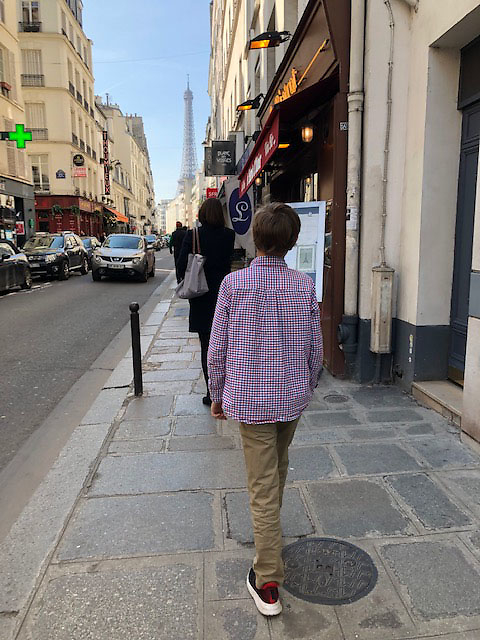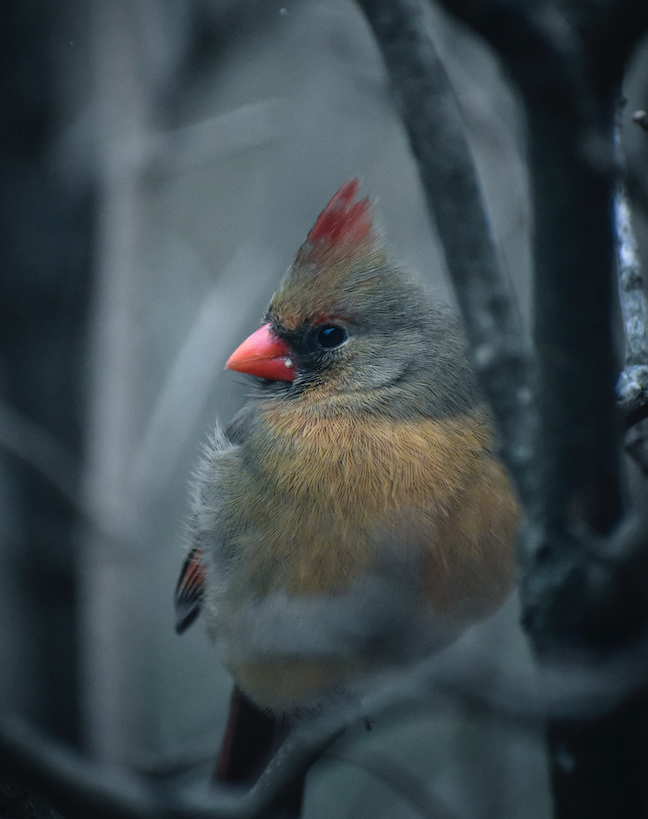Trumpeter Swan
A life bird
According to the notes in my old National Geographic bird guide, on November 8, 1980, I saw a trumpeter swan at the Crabtree Nature Center in Barrington Hills, Illinois. A life bird.
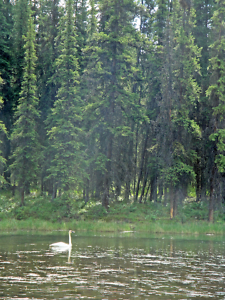
My mother had been in the hospital in downtown Chicago for nearly two months.
I had been at her side in September when they placed an IV into the vein on the back of her hand, starting the drip that might save her. She had looked at me with tears in her eyes and said, “I never wanted you to see this.”
The day I saw the trumpeter, she had been unconscious for days.
My brother and I must have dragged my father out to Crabtree, where I had picked up my first American bittern a few years before, with both parents by my side.
While the familiar mute swan might grace the lakes at the Biltmore estate, its neck a graceful curve, the trumpeter is a soldier — head high, neck straight. Its bill is dark and utilitarian.
In the 1930s, the trumpeter swan teetered on the edge of extinction, only 69 individuals left. Now they are no longer in immediate danger, but like the whooping cranes, it’s hard to see one without a pang of fear and admiration.
That same day a large flock of sandhill cranes, also threatened by loss of habitat, flew about 6 feet above our heads in a field of yellow autumn grass, screaming about the tundra and warning that winter was coming.
My mother died 10 days later.
At the time, I was working as a typesetter and proofreader at The Lakeville Journal, a weekly in the northwest corner of Connecticut, even though I had refused to take typing in high school. My mother had freaked out, insisting I needed a “sellable skill.” At the very same time, she was also telling me I should be a writer, or an actress — careers she imaged for herself. Not just imagined, actually. She wrote two novels but never submitted them, and she and my father had been in a Little Theatre group in Memphis.
Usually she wanted me to be a teacher, which she had been for most of her adult life. Even better, an academic, like my history-professor brother.
My mother had relentlessly pressed him into pre-med at Ole Miss, until he rebelled and became a history major — not nearly as flamboyant a rebellion as when I marched in the streets around Northwestern University after Kent State. But rebellion takes myriad forms.
If I had only learned to type instead of chanting, “Hell no, we won’t go,” I might have been able to pass the slew of typing tests I took in the 1970s when I moved to New York. I might just now be retiring after a distinguished career in publishing, if I had only taken her advice.
But at the time of my mother’s rapid, and final, slide downhill, I was typing for a living and renting a little saltbox house in East Canaan, Connecticut. I had a beautiful palomino part-Arab mare named Cassie and a big shepherd-lab dog named Sam Houston.
And I was commuting to Rush Presbyterian Hospital in Chicago.
As my visits wore on, back and forth, week after week, I would find my mother walking up and down the hall with an orderly, her arm linked through his. She would pat his hand and talk sweetly to him, like her own mother, who was always sickeningly sweet to everybody. This was totally unlike her.
Her oncologist — a woman — would sweep in with a flock of medical students, lecture them about her condition, check her temperature, and sweep back out. But my mother thought a sweet young resident, whose name I can’t remember, was trying to kill her.
She had always had a strangely magical way of looking at life. She believed in ghosts and omens. She obsessed on portents, always hoping to trick fate and live, but more often seeing persuasive signs that she wouldn’t.

One day I found her sitting in a chair outside her room, looking down the hall to a floor-to-ceiling window. A plane flew across, heading for Midway Airport near the Loop.
“I see the planes come into the window and then they go out,” she said. “I think they just disappear then.”
Her doctor told us the cancer had spread to her brain.
A few days later, she crashed, but they managed to revive her. My father called me in a panic.
On that last flight to Chicago, which arrived after midnight, I won a bottle of wine for listing the most cities in the world that began with M and had populations of some number of millions of people. The only one I missed was Montevideo, Uruguay.
That September day, when she had gotten the news that the cancer had spread despite her second mastectomy — two years past the point when she had believed she was in the clear — she came home on the train from downtown Chicago in a panic. She drove to the first church she saw, St. Raymond De Peñafort Catholic Church, and a miracle occurred.
Inside the church she found the parish priest, Father Dew, a youngish man. He was alone, as if he had been waiting for her. They became friends. He eased her soul and gave her strength. But he couldn’t save her.
Father Dew came to see her in the hospital. She had about a billion tubes in her by that point, but when she saw him, her face lit up with joy. She managed to sit up a little and reached out for him, her arms opened wide. He leaned down and took her — all her tubes, all of her — into his arms.
I had to leave the room and go into the hall to sob.
Not long after that she crashed again. They revived her again.
After that second resuscitation, she wrote us a note. She was too tubed-up to speak.
“I want to die,” she wrote.
My father insisted she had just left out the word “don’t” between “I” and “want.”
But I’m old enough now, and have seen enough death, to know that she said exactly what she meant.
After that note, my mother was heavily drugged and only intermittently conscious. We had no idea when she would die but silently longed for an end to it. My father and I spent night after night on hard cots in a little room for families. He was pale and shaking — no longer in denial, no hope left.
Finally, after so many nights on those cots, I insisted we go home to get some decent sleep.
Before dawn we got the call.
One last time my father and I made that grim trip downtown. He couldn’t bear to go into the room where she lay dead, so I did.
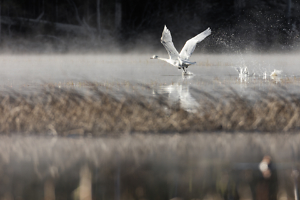
I looked at her for as long as I could stand it. She didn’t have tubes in her arms or nose or mouth. She was not in pain anymore, but she didn’t look at peace either. She just looked dead, spirit flown. She was 62.
Father Dew held a service before we flew to Dallas for the funeral and burial at Laurel Land Cemetery in Oak Cliff, the first of far too many family funerals.
He pulled me aside afterward and said, “I know she was a believer.”
I nodded, but I’ve always wondered. My mother was the quintessential doubter, scarred by the hellfire and brimstone Baptist preaching she’d endured as an imaginative and high-strung girl. As a child she’d taken every word as literal truth. As a mother she vowed she would never put her children through that torture.
Whether she was a believer when she died or not, it comforts me that the life bird I saw before her death was the trumpeter swan. I look back on that as an omen, having my own tendency to think magically.
And so, I believe that my mother went out like a swan, riding a keen wind straight from the North Pole — wild and free and beautiful — heading south to warm waters teeming with life.
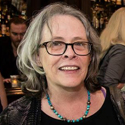
Copyright © 2022 by Lyda Phillips. All rights reserved. Lyda Phillips is a veteran journalist who grew up in Memphis and has earned degrees from Northwestern, Columbia, and Vanderbilt universities. The author of two young adult novels, she worked for United Press International before returning to Nashville.
